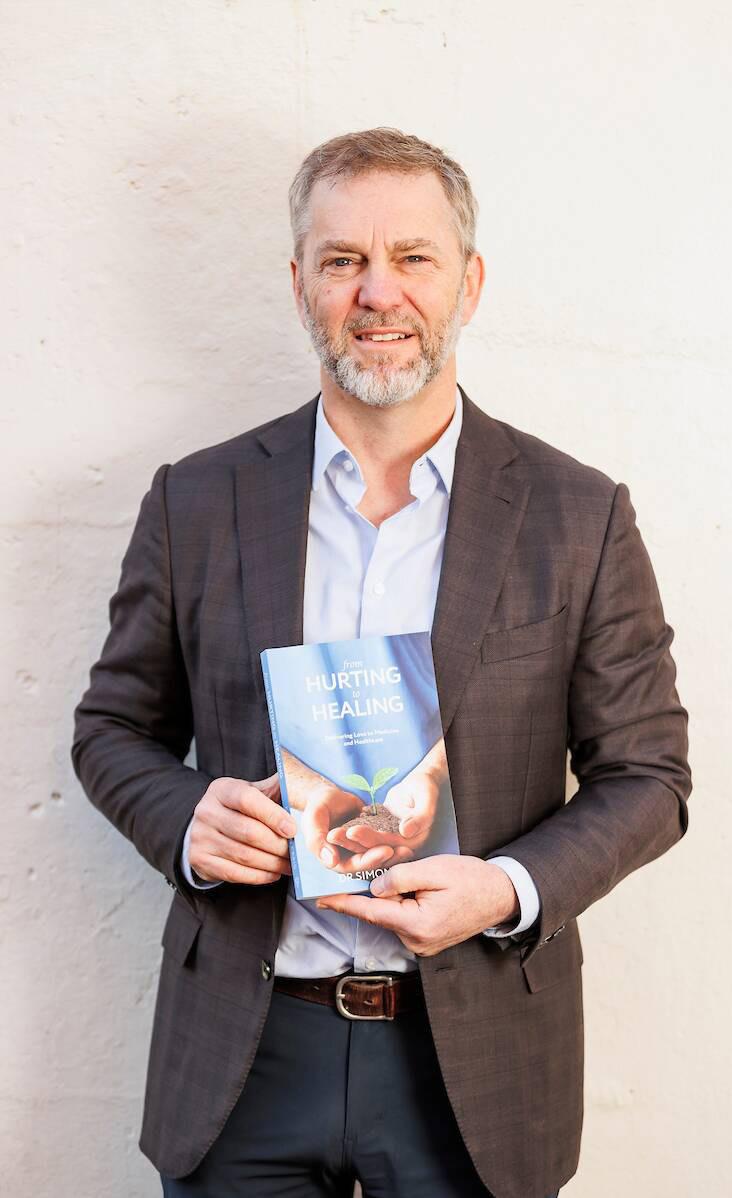
5 minute read
Could group ‘languishing’ be affecting your team?
The need for integrated, team-based models of care has been promoted for decades, yet the system is still facing challenges in operationalising such models. Team-based care occurs when care providers work together with a shared focus centred on a person’s needs and with collective ownership of the goals to be achieved. As well as being good for individual care, such models can build capacity for a region or community and provide a supportive environment for providers.
With this in mind, we invited Dr Simon Craig, author of ‘From Hurting to Healing –Delivering Love to Medicine and Healthcare’ to share his views as part of the Australian Centre for Value-Based Health Care webinar series. Below he shares more on the connection between teams and workforce wellbeing. – Kylie Woolcock, CEO, AHHA
Dr Simon Craig
In the early 2000’s sociologist Core Keyes coined the term ‘languishing’ as it related to wellbeing. Keyes described languishing as the region between poor psychological health and complete psychological health (or ‘flourishing’). Importantly from an individual perspective, flourishing was not simply an absence of mental illness — but more a state filled with positive emotion and functioning well psychologically and socially.
Languishing, however, was a state of both not feeling good and not functioning well. Perhaps languishing could be considered the midpoint of a continuum between psychological ill-health and complete psychological wellbeing or flourishing.
In 2021, organisational psychologist Adam Grant popularised the term with an article in the New York Times, ‘There’s a Name for the Blah You’re Feeling: It’s called Languishing’.
The sentiment of languishing resonated with many people at that time. As Grant described,
‘It wasn’t burnout — we still had energy. It wasn’t depression — we didn’t feel hopeless. We just felt somewhat joyless and aimless.’
Can teams languish?
We are all aware of the significant effects of burnout on healthcare workers individually, but as we emerge from Covid it also feels as though many of our teams and organisations may be languishing — not obviously failing, but definitely not thriving. Is that possible? Or is languishing only an individual phenomenon, rather than something that can affect a whole group? In my view languishing in an entire team is possible. Indeed, transmission of a shared affective experience is more common than we currently recognise. Clearly, the overall emotional state of any team is of vital importance in the way the group operates and the results that are produced.
A languishing team could be one that is still functioning, but not anywhere near it’s potential, or a team that still has energy to do the work, but is not energised by the work. Sound familiar?
A languishing organisation may not feel helpless and depressed, but there may be a collective lack of happiness and joy. Does this sound like your institution? Does it feel like the days are just being endured one-by-one, without any highlights or passion?
Recognition of a problem
Often, acknowledging the truth of any situation can be the first step towards the resolution of a problem. In a group that is worn out and listless — or going through the motions — by becoming aware of the state of languishing, recovery to a more enjoyable state can occur. There is a saying ‘naming leads to taming’. This implies that recognition of feelings and emotions leads to better control of them rather than being controlled by them.
Recognition of events that have resulted in a current shared lack of excitement and motivation must provoke leaders to ask ‘where are we at?’
Teams with the self-awareness and ability to address current suboptimal emotional states within the group can begin the journey back to collective flourishing. Exhibiting the courage to jointly self reflect are behaviours of a high-functioning team — even one that has taken a hit.
Overcoming languishing
For individuals who are languishing, the advice of Grant and others is to recognise small wins and moments of joy in a bleak time. It is suggested to look for activities that promote flow — where you can be immersed in activities that consume your attention and that are rewarding, challenging, and enjoyable. Uninterrupted time without distraction has also been proposed as important in recovering from individual languishing.
It is possible that teams which are languishing may have advantages over individuals. A shared problem that is discussed and addressed is easier to handle than each individual coping with challenges in a solitary way. The group that collectively addresses the challenges of team languishing will return to top performance most quickly.
The joint plan to overcome languishing will most likely have been conceived with multiple opinions and views — optimal team behaviours that create inclusion and better bonds. The communication that is provoked may, of itself, help with the aimlessness and silence that can accompany languishing.
Indeed, periods of team languishing may be essential in making advances as a group. Deciding together how to deal with the problem, and exploring strategies to facilitate more joy at work could be the spark that is required for creative leaps. The feeling of joint discomfort, shared challenges, and reliance on team members to overcome the situation together, may be a step in producing a high-functioning team.
Dr Simon Craig is a medical doctor, coach, and organisational culture analyst. He is the founder of PosMed and the author of ‘From Hurting to Healing — Delivering Love to Medicine and Healthcare’. To reach him — simon@PosMed.com.au.










